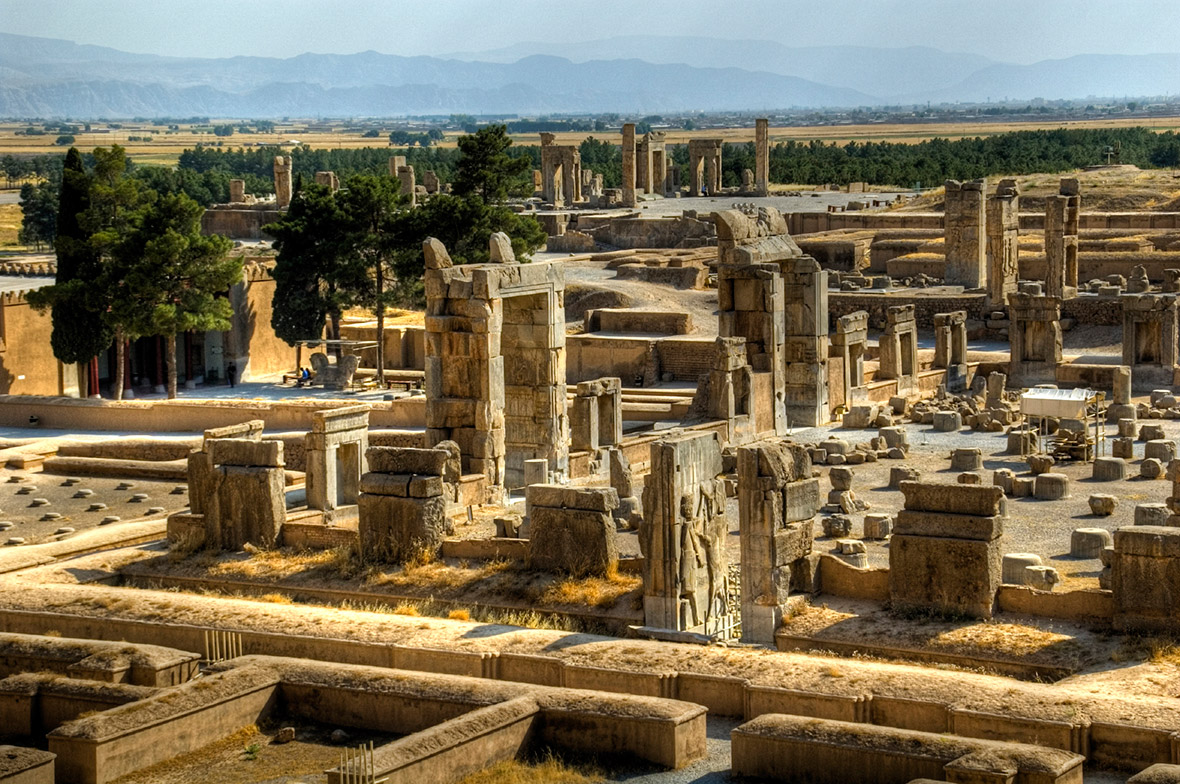President Hassan Rouhani’s visit to Italy and France has implications beyond strengthening political ties with Europe; it also is a means to attract investors and develop Iran’s emerging travel market.
In an interview with CNN (to be aired soon), Masoud Soltanifar, head of the Iran Cultural Heritage, Handicrafts and Tourism Organization, said the Iranian delegation will present an investment package of 1,500 projects to Italian and French business leaders, a statement on the ICHHTO website read.
The package, which has a budget of $30 billion, includes projects such as construction of three- to five-star hotels, holiday resorts, roadside inns and recreational facilities, as well as projects aimed at restoring historical and cultural structures.
Soltanifar, who doubles as a vice president, is accompanying President Rouhani on his four-day tour, which ends on Thursday.
Home to 19 world heritage sites, more than any other country in the Middle East, Iran receives five million tourists every year.
The number of foreigners visiting Iran has grown 12% in each of the past two years. In 2014, the industry generated $7.5 billion in revenue.
“Religious tourists and pilgrims make up half of our inbound figures,” Soltanifar said. “The other half includes ecotourists, health tourists, and travelers interested in ancient culture and history.”
Western and Southeast Asian travelers make up the bulk of Iran’s inbound historical and cultural tourists, and Soltanifar believes their numbers are going to rise exponentially, due largely to Tehran’s rapprochement with the international community, especially the West, as a result of the lifting of the economic sanctions.
VWP Controversy
Recalling the recent changes made to the US Visa Waiver Program (VWP), Soltanifar said the move, which affects 38 countries, is unlikely to affect Tehran’s ambitious tourism goals, which include attracting 20 million visitors a year by 2025, potentially turning the sector into a $30 billion industry.
Last week, the US began applying the controversial new visa restrictions on foreigners who have traveled to or are dual nationals of Iran, Iraq, Syria and Sudan over the past five years.
The new rules will have some exceptions for people who have visited any of those four countries for business, government, humanitarian or journalistic reasons. But it is not clear as to how the US will define dual nationality, which is likely to further frustrate members of the Iranian, Iraqi, Sudanese and Syrian diaspora — many of whom have never visited those four countries.
IRNA reported on Monday that Iranian and French officials will sign memorandums of understanding on expanding cooperation in the areas of tourism and cultural heritage during the president’s visit to Paris.
Last year, following the signing of the nuclear deal between Tehran and six major world powers (the five permanent members of the UN Security Council plus Germany) in July, France eased a travel advisory it had in place for Iran.
The move prompted French media to run stories on Iranian sights and tour operators reported a significant rise in demand to visit Iran.


